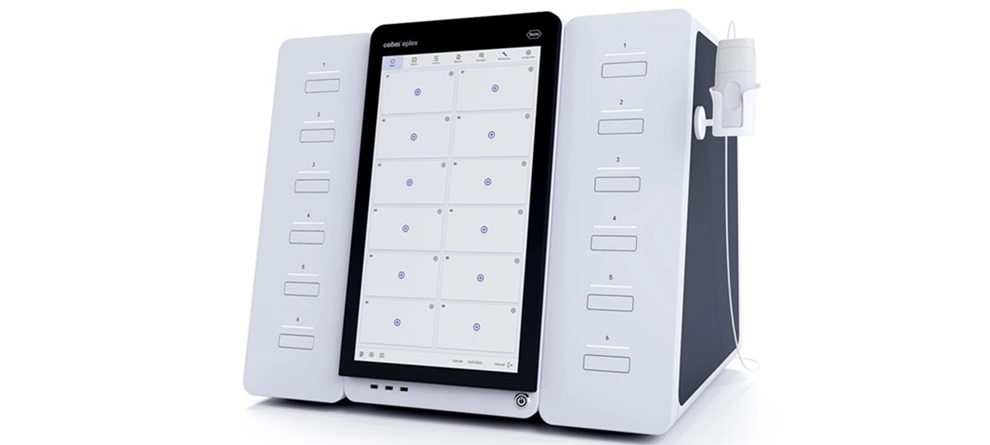Effectiveness of Point-of-Care Diagnostics for Schistosomiasis, Reviewed
By LabMedica International staff writers
Posted on 17 Mar 2015
Findings from an independent review of studies suggests that currently available point-of-care (POC) tests are significantly less reliable than conventional microscopy, emphasizing the need for development of better and affordable POC diagnostics for schistosomiasis (bilharzia), classified as a neglected tropical diseases (NTD).Posted on 17 Mar 2015
Simpler, more rapid POC tests with sufficient accuracy could replace microscopy for diagnosing schistosomiasis. The review was conducted by researchers from the Cochrane Infectious Diseases Group hosted at the Liverpool School of Tropical Medicine (LSTM; Liverpool, UK) to estimate accuracy of the circulating antigen (CA) test for urinary schistosomiasis and intestinal schistosomiasis, and of urine reagent (URStrip) tests for urinary schistosomiasis.
Two independent authors identified and assessed 90 studies involving almost 200,000 people, with 88 of the studies from field settings in Africa. Studies compared POC tests to microscopy as reference standard: for Schistosoma haematobium—microscopy of urine prepared by filtration, centrifugation, or sedimentation; for S. mansoni—microscopy of stool by Kato-Katz thick smear.
Among the URStrip tests for urinary schistosomiasis, those for detecting blood (microhaematuria) were more accurate than those for detecting protein (proteinuria) or white cells (leukocyturia). Sensitivity and specificity estimates: for blood 75% and 87%; for protein 61% and 82%; for white cells 58% and 61%, respectively.
For urinary schistosomiasis, CA test performance was worse (39% sensitivity, 78% specificity) than URStrips for blood. For intestinal schistosomiasis, CA test detected many infections identified by microscopy but wrongly labeled many uninfected people as infected (89% sensitivity, 55% specificity).
“The simple test using a strip for testing blood in the urine worked well. The antigen tests for the disease did not work so well for urinary schistosomiasis, and in intestinal schistosomiasis it may classify many uninfected people as infected and lead to unnecessary treatment,” said lead author Dr. Eleanor Ochodo, Stellenbosch University.
LSTM’s Prof. Russell Stothard, international expert in schistosomiasis and director of the new COUNTDOWN research consortium, which will trial and evaluate new approaches to drug distribution in NTD program, said: “Those in the field of NTD research and control welcome reviews of this kind, looking at the efficacy of diagnostic tests for diseases affecting some of the poorest communities in the world. They draw together largely fragmented literature into one place, allowing quick appraisal for informed decision-making. Reviews such as this will ensure that COUNTDOWN benefits from the best research intelligence from within the NTD community and stays well informed throughout.”
The review, by Ochodo EA et al., was published online March 11, 2015, in Cochrane Database of Systematic Reviews.
Related Links:
Cochrane Infectious Diseases Group
Liverpool School of Tropical Medicine (LSTM)













